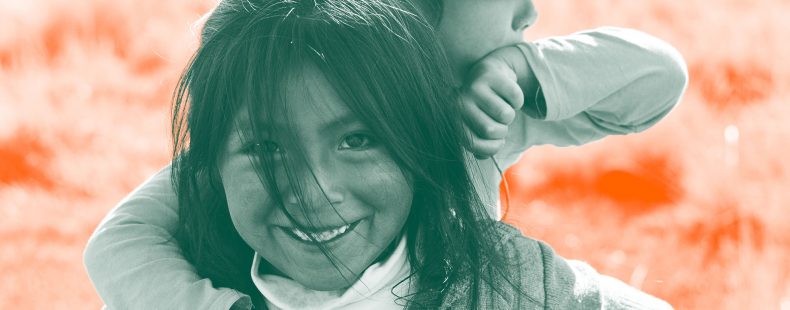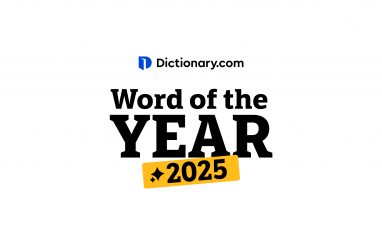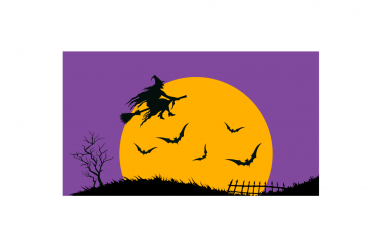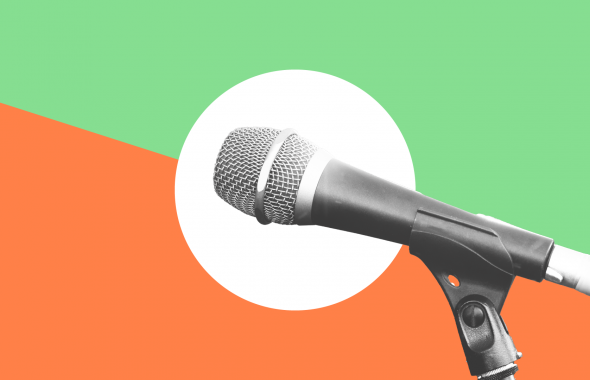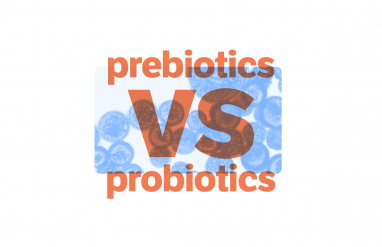Indigenous Peoples’ Day and Columbus Day are observed on the same day each year (the second Monday in October), but they aren’t simply different names for the same holiday. They’re two separate observances with different origins.
Recently, the observance of Columbus Day has increasingly been replaced with Indigenous Peoples’ Day, including on the official calendars of many state governments, schools, businesses, and other organizations. There are also calls to make it a US federal holiday.
These changes and the discussion of them in the national discourse come as part of a larger reckoning with the often ignored and marginalized history of Indigenous Peoples in the Americas and around the world. This history includes their rich and enduring cultures as well as the acts of systemic oppression and genocide they have faced since the white European colonization of the Americas that began with the arrival of Christopher Columbus in 1492.
In this article we’ll discuss Indigenous Peoples’ Day and the people it honors, the origins of it and Columbus Day, and the language of Indigenous identity. Here are some of the frequently asked questions we’ll address:
- Why do some people celebrate Indigenous Peoples’ Day instead of Columbus Day?
- Does Indigenous mean the same thing as Native?
- When should Indigenous be capitalized?
- What do Indigenous people prefer to be called?
- Which is the preferred term—Native American, American Indian, or something else?
What is Columbus Day?
Discussion of Indigenous Peoples’ Day often involves how it relates or compares to Columbus Day, a US federal holiday commemorating the 1492 landing of navigator Christopher Columbus on an island in what is now the Bahamas (Columbus named it San Salvador).
Columbus sailed in the service of Spain but was Italian. Among some Italian Americans, Columbus Day has traditionally been celebrated as a day to recognize the history, culture, and achievements of Italian immigrants and people with Italian heritage in the US. The anniversary of Columbus’s arrival has been commemorated in some way since at least its 300th anniversary in 1792, but it wasn’t until 1937 that it became a holiday by presidential proclamation (due in part to efforts by Italian Americans, including members of the Catholic fraternal organization Knights of Columbus). It officially became a federal holiday in 1968.
For many years, Columbus was traditionally hailed as the “discoverer of America” due to the widespread belief that he was the first European to land in the Americas. Evidence now suggests that Norse navigator Leif Erikson landed in North America around 1000 CE (an event commemorated on Leif Erikson Day).
Furthermore, use of the word discovery and related terms is now often criticized for implying that Columbus found uninhabited lands—when in fact the so- and once-called “New World” was already home to many distinct and diverse civilizations and millions of people that had been settled there for thousands of years.
Still, Columbus’s arrival is historically significant. It ushered in an era of colonialism and oppression of Indigenous Peoples that was later continued—often on an official basis—by the US and Canadian governments, resulting in widespread death of Indigenous People, forced removal from and loss of their lands, and destruction of their cultures and ways of life.
In the 1980s, many Native Americans began to protest Columbus Day in relation to this history and Columbus’s active role in it, including his violence against and enslavement of Indigenous people. These protests came in parallel with calls for a holiday to honor and celebrate Indigenous Peoples.
What is Indigenous Peoples’ Day?
Indigenous Peoples’ Day is a US holiday that honors and celebrates the Indigenous Peoples of the Americas and their history and culture. (There is a similar but separate holiday in Canada known as National Indigenous Peoples Day that’s observed on June 21.)
The first widely publicized calls for a day honoring Indigenous Peoples came from Indigenous leaders in the 1970s. Among the first times that Columbus Day was replaced with a day honoring Native Peoples occurred in South Dakota in 1990. In 1992, Native Americans in California organized a day known as Indigenous Peoples Day in opposition to plans to celebrate the 500th anniversary of Columbus’s landing in the Americas. Indigenous Peoples’ Day has since been adopted as an official observance in many states (either as a replacement of or alongside Columbus Day).
Indigenous Peoples’ Day is often observed in ways that both celebrate and honor Indigenous Peoples and work to educate about the history of oppression and the persisting mistreatment and inequalities rooted in this history, including disproportionate poverty and erasure of Indigenous identity.
Along with the increase in awareness and observance of Indigenous Peoples’ Day has come an increased focus on the term Indigenous itself. But what does Indigenous mean and how should it be used?
What does indigenous mean?
When spelled with a lowercase i, indigenous means “originating in and characteristic of a particular region or country.”
First recorded in English around 1650, indigenous comes from the Latin indigena, meaning “native” or “original inhabitant.” It is based on roots that literally translate to “born in.”
This general sense is synonymous with the general sense of the word native. The capitalized adjective sense of the word Native, such as it’s used in Native American, can usually be used interchangeably with the capitalized form of Indigenous in reference to the original inhabitants of a place (depending, of course, on what those people prefer to call themselves or be called).
The noun use of Native, however, has become outdated and can have negative connotations similar to savage and primitive.
When should Indigenous be capitalized?
It is now common to capitalize the word Indigenous when referring to the original, earliest known inhabitants of a region or their descendants. For example: The Indigenous Maori of New Zealand have a rich culture or She studies the Indigenous languages of North America.
Style guides may differ, but capitalizing Indigenous confers the due dignity to the identity—an identity that’s distinct from others in a specific way. Capitalizing Indigenous also aligns with the practice of using initial capital letters for many other ethnic groups and national identities, such as Hispanic. (Dictionary.com capitalizes Indigenous across the dictionary when it relates to identity in this way, just as we do for the word Black.)
Increasingly, the word Peoples is often capitalized in the context of Indigenous Peoples due to the fact that it refers not to people in general but to specific communities.
Indigenous Peoples are not a monolith
When referring to the original inhabitants of a land generally, Indigenous is perhaps the most widely used and accepted term. But while many Indigenous tribes and nations certainly accept and use general terms such as Native Americans or Indigenous Peoples, many individuals prefer the name of their tribe or nation, such as Diné for Navajo people or Inupiaq for the Indigenous people of Alaska.
One of the more insidious ways Indigenous Peoples get erased—in history and in culture—is that many people don’t know (or don’t consider) what Indigenous individuals want to be called. All Indigenous communities—and all of the individuals in them—have their own distinct, complex identity. To avoid erasure, it is vital to avoid the tendency to lump them together in ways that ignore these specific identities.
As with all identities, it’s important to make the effort to learn the words that individual people use for themselves. In doing so, we can learn more about the rich culture and history of such people as the Yup’ik (Alaska Natives) or discover the difference between the Lakota, Nakota, and Dakota people, commonly grouped together as the “Sioux.”
Learn more about the Sioux, their history, and their language.
Around the world and throughout history, a variety of different names have been used by and for the original inhabitants of places and their descendants. The preferences around and the acceptability of these terms has evolved over time—and remains in flux.
Here are some of the general identifying terms used to refer to Indigenous Peoples. In all cases, many people also use—or prefer to primarily identify themselves with—more specific identifiers based on their individual tribe or community.
How to refer to the Indigenous Peoples of the United States
There are several hundred Indigenous tribes in the mainland continental United States. The many different Indigenous Peoples in the US have different preferences for the ways they identify—preferences that may even differ from person to person in the same community. Some of the most common general terms are Native American, American Indian, and Indian.
Indigenous Peoples of Alaska commonly use the term Alaska Natives. Indigenous Hawaiians often use the term Native Hawaiian. Those from US territories such as Guam and American Samoa often use the term Pacific Islander.
Terms used for the US Census
As of the 2020 census, official terms used by the US federal government as identifiers for different Indigenous groups include American Indian, Alaska Native, Native Hawaiian, and Pacific Islander.
Native American vs. Indian
Native American is perhaps the most commonly used general term among and for the Indigenous Peoples of the United States. Despite the historical inaccuracy of the term Indian, some Indigenous people prefer to identify in this way and consider it part of their identity, while others object to its use or simply prefer another term.
⚡️Is Native American capitalized?
When capitalized, Native American specifically refers to an Indigenous inhabitant of the Americas, especially of the lands that became known as the United States, or a descendant of such people. A person who was simply born in the US could be referred to as a native American, but such use should be avoided due to the likelihood that it will be confused with the capitalized sense of the term.
How to refer to the Indigenous Peoples of Canada
In Canada, the terms Inuit, Métis, and First Nations (or Indians) refer to different groups of Indigenous communities. For example, there are more than 630 First Nations in Canada, and they encompass at least 50 languages.
Generally, the use of Indigenous Peoples in place of Aboriginal Peoples has increased in recent years in Canada. (See the next section about the use of Aboriginal in Australia.)
Canada observes June 21 as National Indigenous Peoples Day (formerly called National Aboriginal Day).
How to refer to the Indigenous Peoples of Australia
In Australia, the terms Indigenous Australians and Aboriginal Australians are both used.
The noun use of the words Aborigine and Aboriginal in reference to an Indigenous inhabitant of Australia is outdated and often offensive. The adjective use of the word Aboriginal is often preferred, especially over Indigenous, as in the Aboriginal Australians of Melbourne and Sydney. Still, many prefer more specific identifiers based on their language (such as Wiradjuri) or the area where they live.
Outside of Australia, the lowercase noun use of aborigine and adjective use of aboriginal may be considered acceptable in some cases, but capitalization is often best to convey respect, as in the Aboriginal people of Bali.
Indigenous Peoples whose heritage is from the islands of the Torres Strait between Australia and New Guinea often identify as Torres Strait Islanders or Torres Strait Islander People, or with more specific identifiers.
How to refer to the Indigenous Peoples of Latin and South America
In many places in Latin and South America, dates on or around the anniversary of Columbus’s landing are marked in other ways. Nicaragua and Venezuela observe October 12 as Día de la Resistencia Indígena (“Day of Indigenous Resistance”) to emphasize the resistance of Indigenous Peoples to Spanish colonization and acts of genocide. Many nations observe Dìa de la Raza (“Day of the Race”) October 12 in celebration of the diverse heritage and culture of the region, including its many Indigenous Peoples.
These Indigenous Peoples identify using a number of different names in Spanish and of course in their own Indigenous languages. In Mexico, for example, the general term nativos mexicanos (“Native Mexicans”) is used along with others, but many Indigenous people identify in more specific ways, such as members of the Maya or Mixtec.
